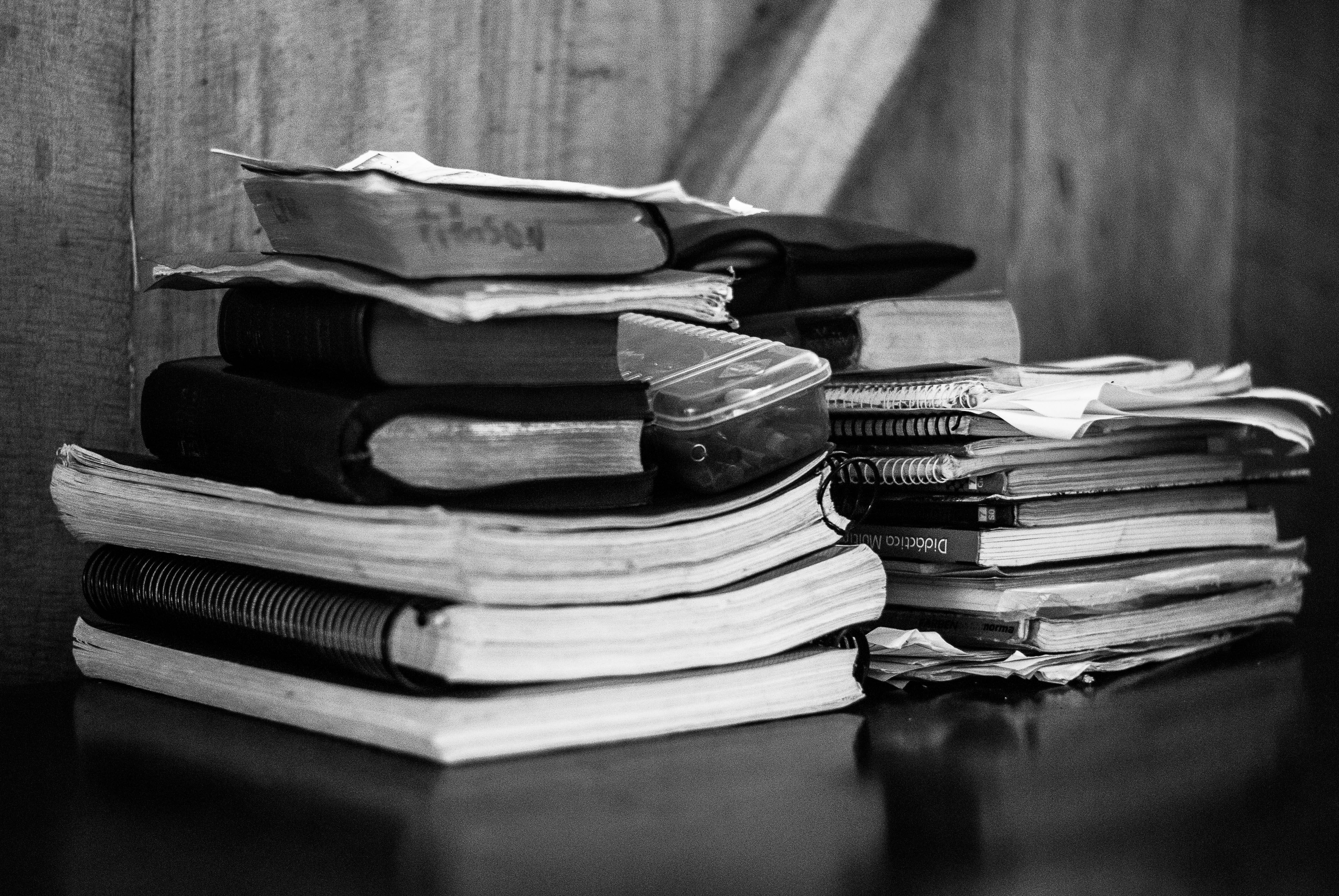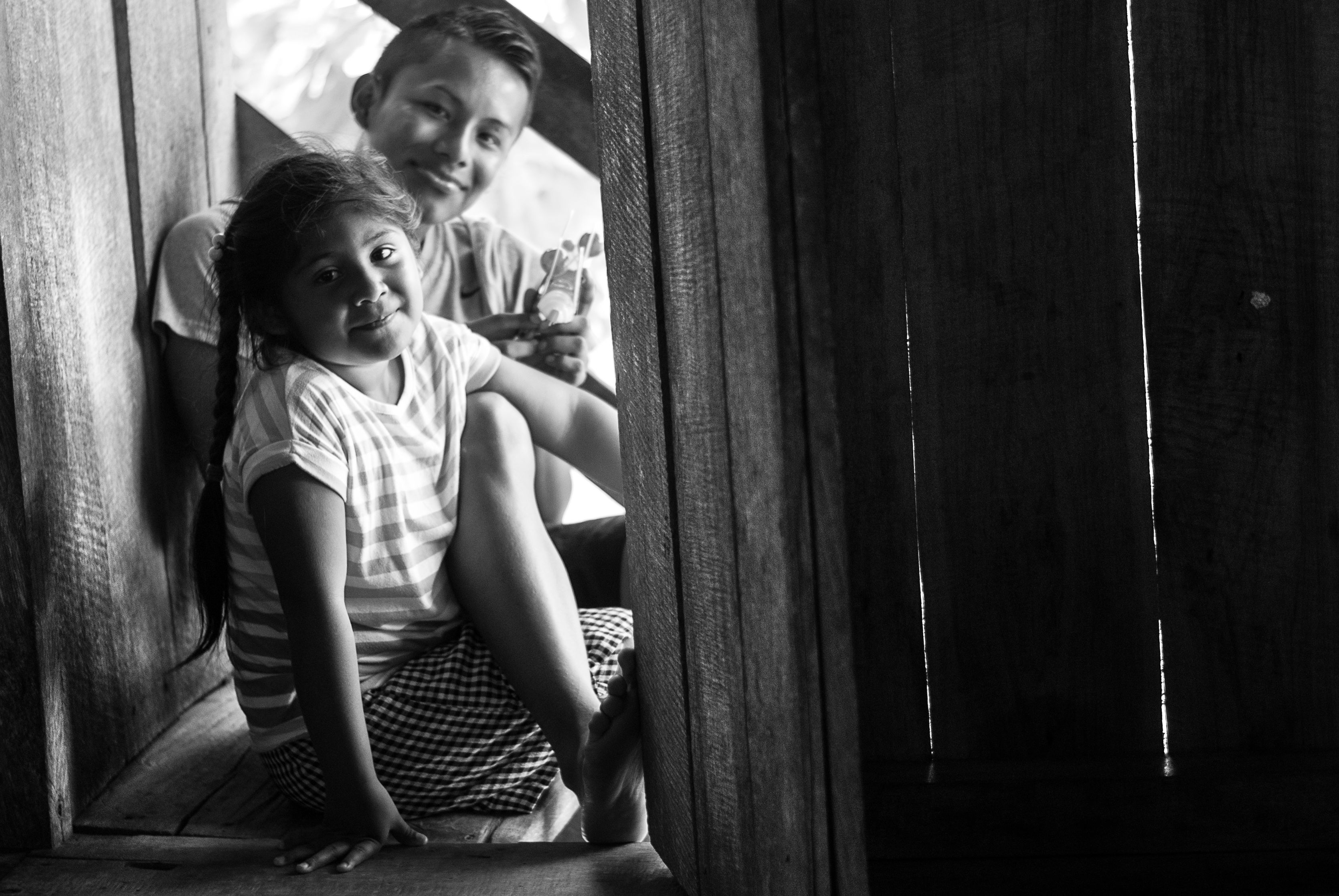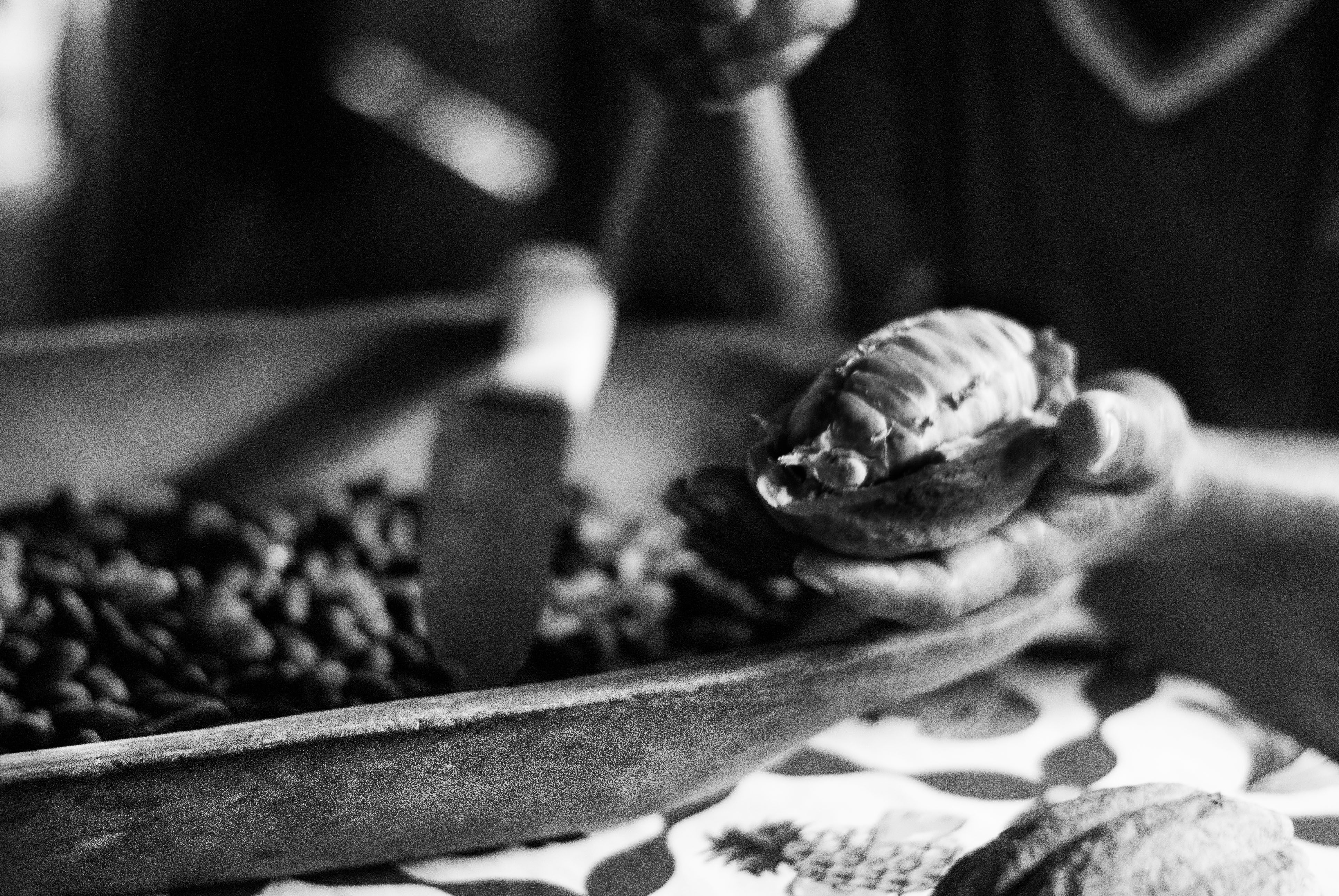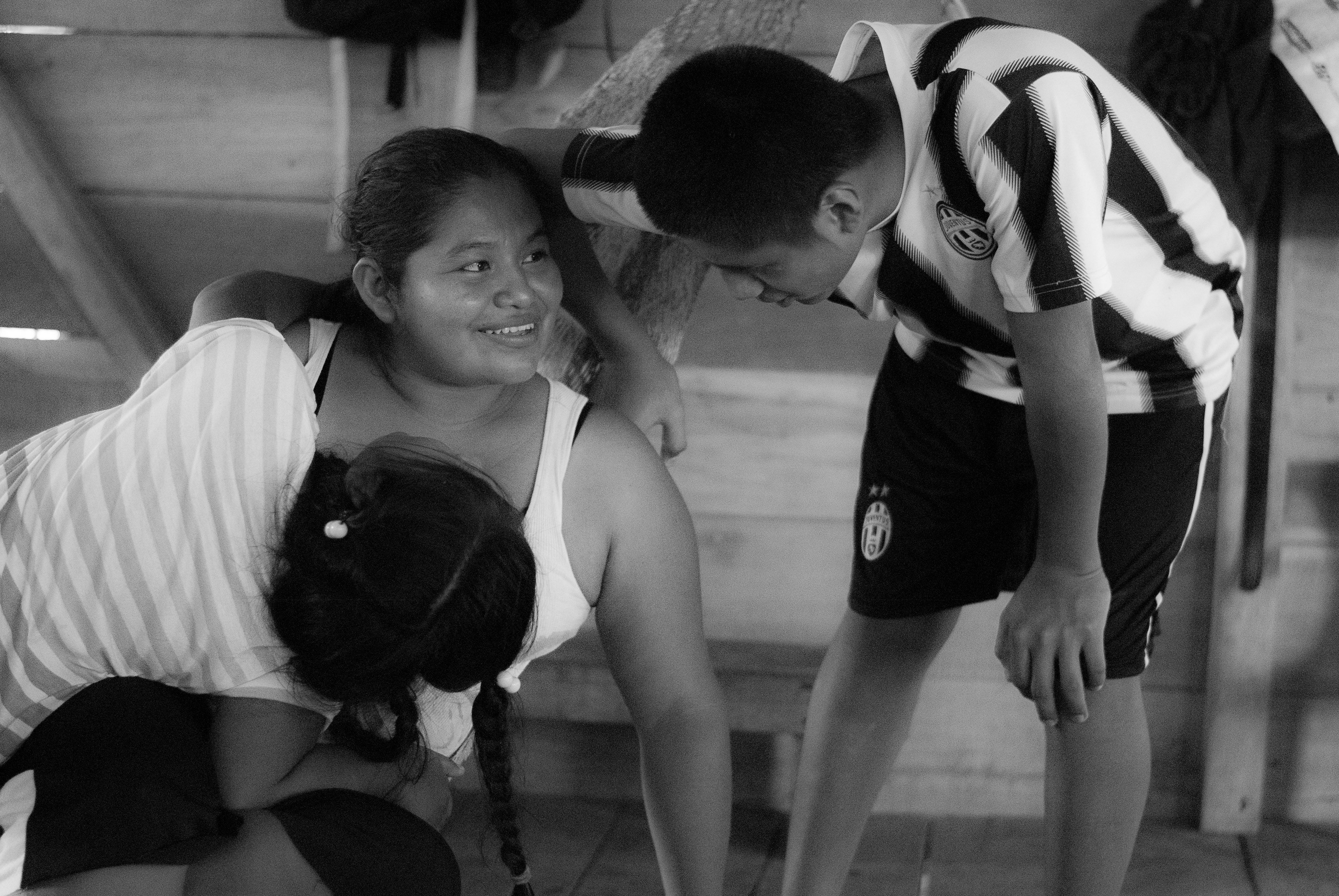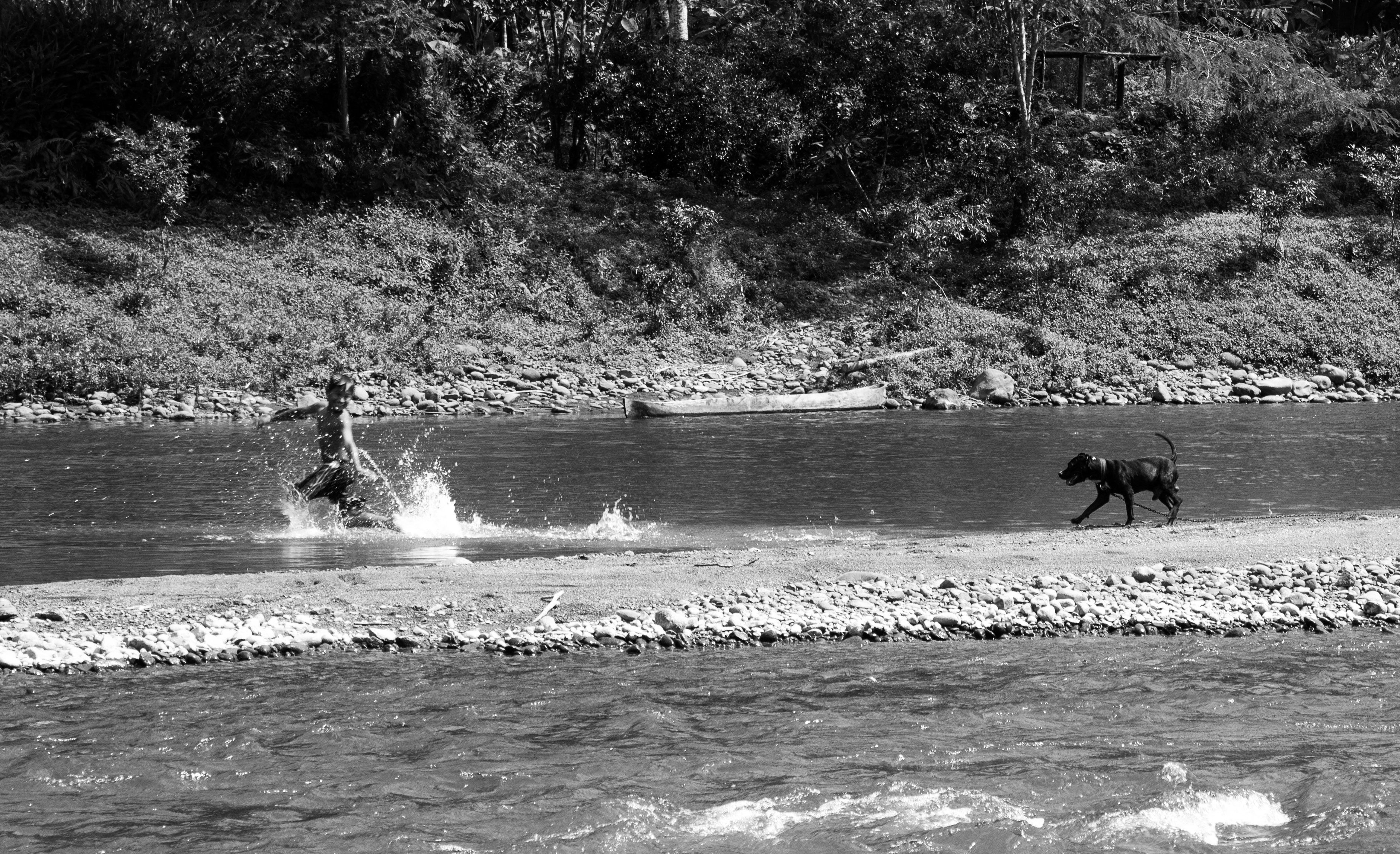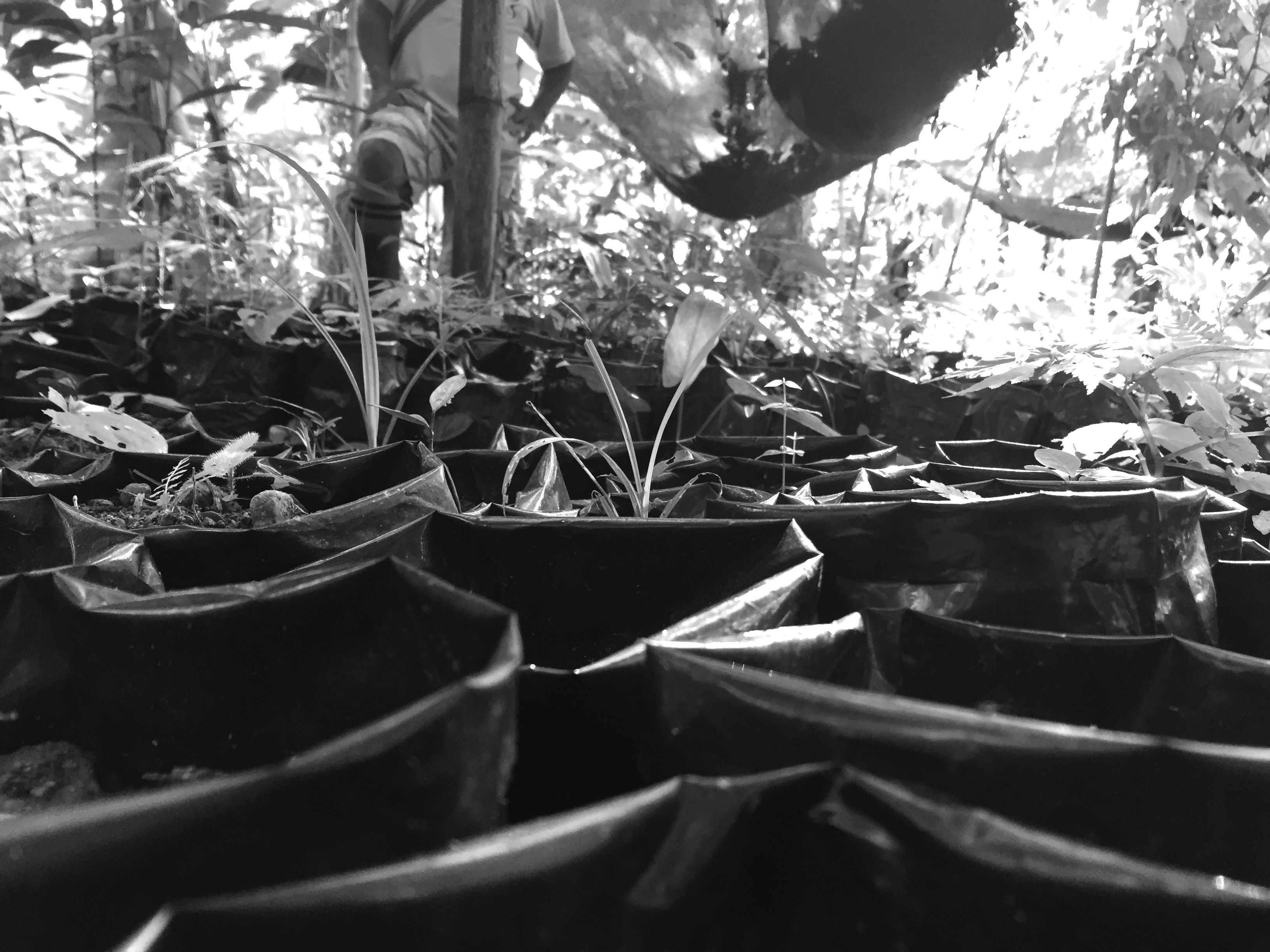January 11, 2016 | Pulitzer Center
The Bríbri, a community of indigenous peoples in Costa Rica, are often referred to as the "hidden people" of Costa Rica because they live apart from the general public. It’s only been in recent decades that economic necessity has led the historically isolated community into developed areas of Talamanca, the province in which they live.
Recent contact with outside society has exposed Yorkín to an unprecedented amount of technology—which the elders say is now causing children to drop out of school and to lose their focus on community beliefs and traditions.
Diana Crandall and Rebecca Gibian illustrate the conflict between the old and the new—a community enmeshed in old traditions now struggling with the consequences of technology.
